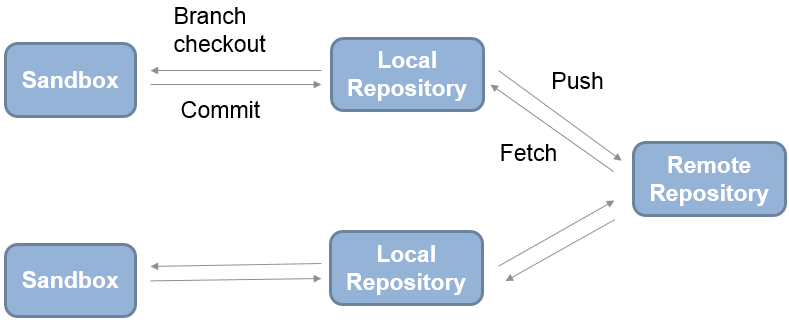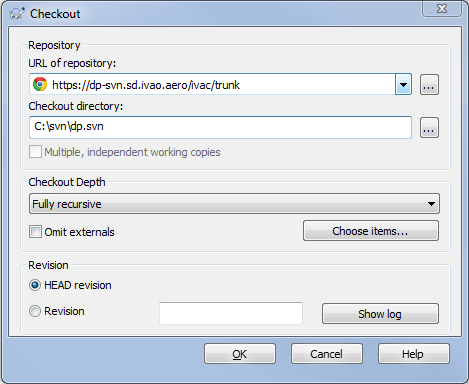

- Svn propedit command line example how to#
- Svn propedit command line example archive#
- Svn propedit command line example code#
On command line I would use this: svn propedit "export" file:///svn/repositoryName/path/to/file/in/repository/example.ex I have a property called export with a value set to test when I commit a file called example.exĪfter my commit succeeded I have a post-commit hook, that does some smart things (that doesn't matter to my question) and after finishing it needs to change (or delete) the property export to a new value like succeeded. Therefor I'd like to use a post-commit script. Svn propget PROPNAME example, you can confirm your ignore property is set correctly by using the following command.I need to edit a svn property on a file after a commit happened. You can use this command to confirm that your property has been set correctly. Propget is the third command you should be aware of. will set the property on the current working directory. For example, to set the ignore property, you could use the following command, and then enter the names of all of the files/directories you want ignored. When you issue this command, it will open the default editor for your system, and allow you to enter the values for the property. It is the preferred command to use when setting the Ignore property for subversion. This command is good when you need to set a property that takes multiple values, especially if they are seperated by a newline. Propedit is the second command you should be aware of. Svn propset svn:eol-style "LF" somefile.txt svn propedit Svn propset PROPNAME PATH.Įxample, to set the End of Line hanling for a file, you would use It is good for when the property only has a single value, like true/false, or a number. This command can be used to set a property to a new value. Propset is the first command you should be aware of. In order to work with Subversion properties, there are 3 commands that you should be aware of. This is particularly useful when you need to set the ignore properties to things like eclipse project files, or compiled class files, are not checked in by mistake.
Svn propedit command line example how to#
When using subversion from the command line, it is helpful to know how to set subversion properties. posted on Script for Generating Self-signed Certificates for use in Java
Svn propedit command line example archive#
Then you will need to add the required dependency to your archive by calling addAsLibraries, replacing the variables with the correct information for the dependency you want to add.

First you will need to create a Maven Dependency Resolver: final MavenDependencyResolver resolver = DependencyResolvers. Adding these Maven resources to your deployment archive is a snap.
Svn propedit command line example code#
This generally happens when you are testing your UI and your code needs additional 3rd part libraries. Sometimes the offending classes will not be part of your code, but instead will come from one of your Maven dependencies. This can be done by using addPackages ( true, "" ) Adding a Maven Dependency The easiest was though is to tell your archive to add all the classes in given package and all of its sub-packages. Adding a Local PackageĪdding an entire package to your deployment archive is fairly simple as Arquillian provides a number of methods for you to use. This will add the classes to the Archive sent to the container when the tests run. To resolve the issue, simply add the class and/or package to your Deployment Descriptor in your test. If you are testing your JEE application using Arquillian and running in to issues with ClassNotFoundExcpetions, the solution is pretty simple.


 0 kommentar(er)
0 kommentar(er)
